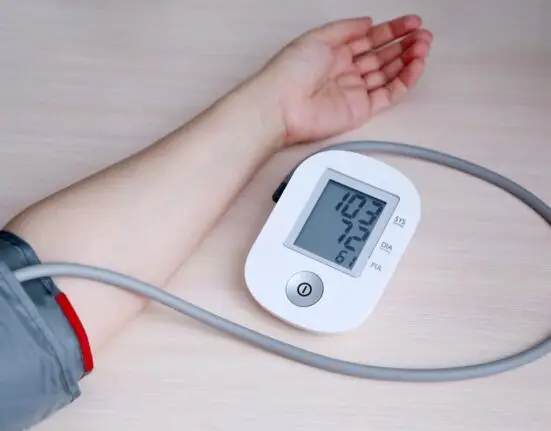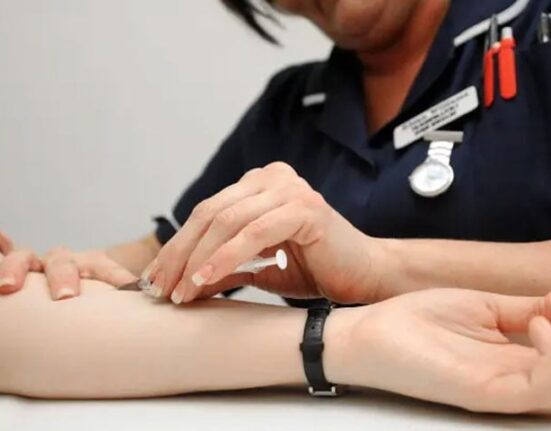Introduction
Uterine polyps are benign, fleshy growths that develop within the endometrium, the inner lining of the uterus. These growths can vary in size and may be single or multiple. Although uterine polyps are generally non-cancerous, they can impact menstrual health and fertility. This article explores who is most affected by uterine polyps, their causes, symptoms, diagnostic methods, and available treatments.
1.What are uterine polyps?
Uterine polyps are fleshy growths within the endometrium, usually in the inner lining of the uterus (the organ where the fetus develops), which is why they are sometimes called endometrial polyps. Uterine polyps are formed due to overgrowth of endometrial tissue. They grow inward in the uterus. Polyps can be round or oval and can range in size from a few millimeters (sesame seeds) to a few centimeters (golf balls) or even larger. There may be one or more polyps inside the uterus. Uterine polyps are usually non-cancerous but can affect menstruation or fertility.
2.Who do uterine polyps affect?
Uterine polyps usually affect women between the ages of 40 and 50. It rarely affects younger women. These are usually after the menu pause. Your chances of developing polyps increase if you are overweight, obese, have high blood pressure, or are taking breast cancer treatment.
3.Causes of Uterine Polyps
The exact reason for the formation of polyps is not known, but changes in hormone levels may be an important factor. Estrogen, which contributes to the thickening of the endometrium each month, can also cause the development of uterine polyps.
4.Symptoms of Uterine Polyps
Symptoms of uterine polyps include, irregular periods, abnormal discharge during menstruation, vaginal bleeding after menopause, infertility etc. But the most common symptom is irregular or unpredictable periods. Up to 50 percent of women with polyps experience irregular periods. to come These include heavy menstrual bleeding and bleeding after menopause or intercourse
5.Diagnosis of uterine polyps
If your age is between 40 to 50 years and you have complaints of irregular periods or heavy bleeding, then you should contact your doctor in this regard. Your doctor will try to find out the cause through your medical history, physical examination and different types of tests. You may also be suffering from uterine polyps. Transvaginal ultrasound: In this procedure, a device called an ultrasound transducer is inserted into the vagina, providing a picture of the inside of the uterus and detecting any abnormalities.
Sonohysterography: This procedure is performed after transvaginal ultrasound. Sterile fluid is injected into the uterus through a thin tube. This fluid causes the uterus to swell and any growths inside the uterus can then be clearly imaged.
Hysteroscopy: It can also be used to diagnose and treat uterine polyps. The doctor inserts a lighted telescope through the vagina into the uterus, which helps the doctor look inside the uterus and is sometimes used in surgery to remove polyps.
Endometrial biopsy: The doctor will collect tissue from the inner lining of the uterus and send the sample to a laboratory for testing to see if there are any abnormalities.
6.Treatment of uterine polyps
If polyps do not cause any symptoms, they may not need treatment, but if polyps cause irregular periods or heavy bleeding, they should be treated. Medicines: Medicines that regulate hormonal balance can be used as a temporary treatment. These help to relieve the symptoms, but the symptoms may return if the drug is stopped Hysteroscopy: In this procedure, the doctor will insert a surgical instrument through the hysteroscopy into the uterus and scrape out the polyps. Curettage: This procedure can be done with hysteroscopy. The doctor uses a hysteroscope to scrape the lining and remove the polyps. The polyps are then sent to a lab for testing to determine if they are benign. Whether they are cancerous or non-cancerous. If the polyps turn out to be cancerous, the entire uterus can be removed surgically.
Conclusion
Uterine polyps, while often benign, can significantly affect a woman’s menstrual cycle and overall reproductive health. Understanding their symptoms and seeking timely medical evaluation can help manage the condition effectively. Diagnostic procedures like transvaginal ultrasound and hysteroscopy are essential for accurate identification and treatment of uterine polyps. With proper medical intervention, including hormonal treatments or surgical options, women can address the symptoms and prevent potential complications.





Leave feedback about this